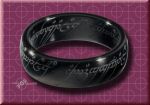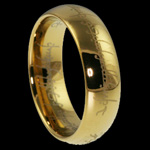Two Minute WF
I’ve been working a lot with Windows Workflow Foundation (WF) lately, getting it to integrate with ASP.NET, and I found that while understanding the concept of a workflow was pretty easy, getting over the technical hump of what workflow means with respect to WF and how to use it was pretty difficult.
What I really found while searching for resources was that there’s a lot out there about “how to use XYZ in situation ABC” but there’s nothing that explains to me what XYZ is or what its significance is in relation to the stack.
To that end, I decided to start writing some short posts that just explain what each of the major pieces of WF are and what their significance is. Maybe helpful, maybe not. I’m calling it “Two Minute WF” because I want to give a pretty high-level, easy to understand explanation that you can read through in a couple of minutes, get it, and move on. No major code samples, no in-depth discussions of the bare-metal tech, just a quick hit on what these things are. Maybe if I get through the major components I’ll continue the series by adding more examples. Maybe it’ll get to that “in-depth” level at some point, but I’d wager you can already find that content out on the web if you search.
Available Two Minute WF topics:


![Corteo
[Soundtrack]](http://ecx.images-amazon.com/images/I/51CCK0NM72L._AA240_.jpg) ](
](